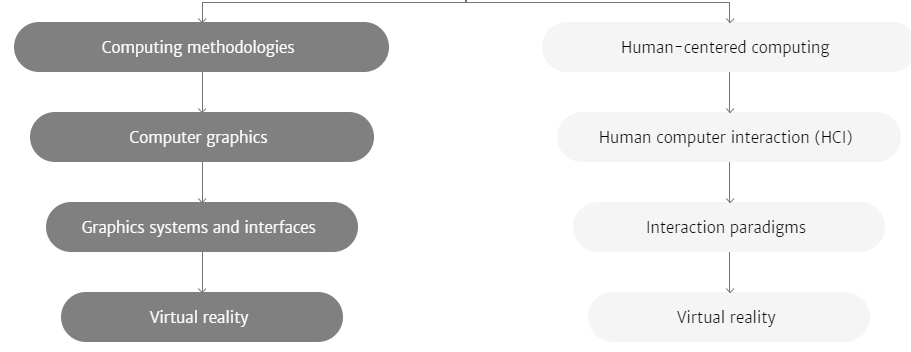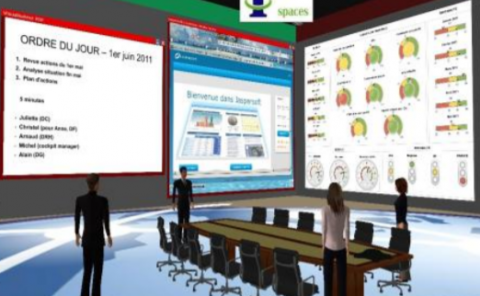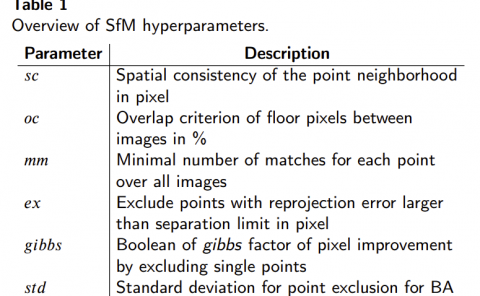Balancing Body based and Discrete Interaction for Usability and Presence in Virtual Reality
PubDate: November 2020
Teams: Korea University;
Writers: Yongjae Lee;Gerard J. Kim
PDF: Balancing Body based and Discrete Interaction for Usability and Presence in Virtual Reality

Abstract
As the major goal of virtual reality (VR) is to provide enriched experience, motion based interface involving many parts of the body, if not the whole, is often employed. On the other hand, in general, the more body parts involved and active the interaction becomes, the less usable and more tiring the user can feel, and the more space the system can require. This in turn can even reversely affect the total experience in the negative way. In this paper, we explore whether it might be possible to convey the rich active VR experience while maintaining some minimum level of usability, by considering the extent of the of body involvement in the VR interaction. We compare six different styles of interaction in terms of their usability and experience in a simple virtual tennis application: one that uses the whole body (both upper and lower body), one that uses only the discrete input interaction device, and four others that use varied degrees of the body and device. Our experiment has shown that compared to the full body interaction, part body interaction showed comparable level of immersion, presence and active experience, while incurring a similarly low level of fatigue of the full interaction device based interaction. Constraining the active VR interface to the upper body without sacrificing the level of experience this way has an added advantage of less operating space. We believe that this investigation can serve as a guideline for VR interaction design that employs body based action interfaces.



